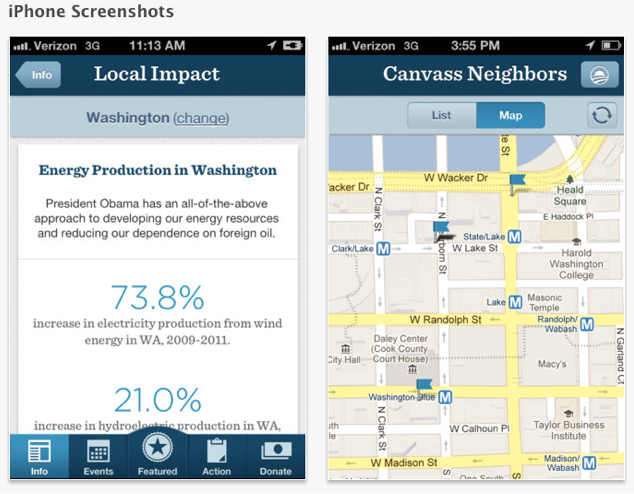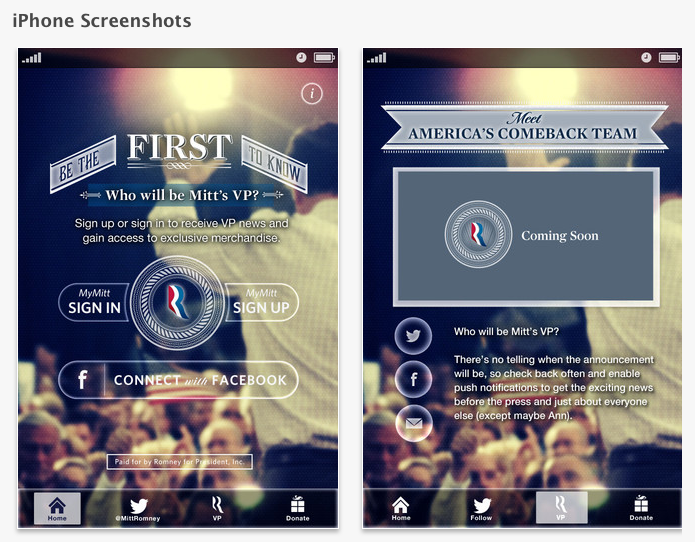Original posted on Forbes July 25, 2011
Years ago some colleagues of mine built what we thought at the time was the “holy grail” of business marketing: A sophisticated analytical tool that could tell a marketer where to invest, why, and what the return would be in sales productivity. It could also tell them where to cut dollars, why and what the impact would be on the business.
It was an incredible feat of analytical modeling and technology. Built for one of the most respected and well known companies in the world, so the CMO could answer with absolute certainty the CEO’s question: “What am I getting for my marketing spend?” We thought that it was our ticket to the big time and the rocket to ride to explosive growth, but that was not the case.
It turned out to be the only one we sold. And that always baffled me. Anyone who saw the tool was awed by its power and insight, but they didn’t buy.
Over the years, I picked up some clues as to why others would not buy:
- The head of a major west coast based IT company warned us that our business intelligence tool and analytic model might limit his managers’ ability to make decisions based on their experience … “gut feel.”
- The CMO of a global software company was concerned that our meticulously designed marketing processes, with stage gates and Gantt charts might limit his team’s creativity.
- The head of marketing finance at a major Financial Service company told me that every year they run their marketing optimization model and it tells them that they overspend on TV, and under spend in print. But at the end of the year if there was additional budget leftover the CMO puts it in TV.
I’ve now been able to put the pieces together. I came from a marketing science world and have since learned to appreciate and understand the value of the art of marketing.
Data and analytics can tell you where customers are, what they look like, what they’re interested in, but science alone can’t make customers buy. It can’t make customers advocate for a brand, and it can’t make the hair stand up on the back of their necks.
Insightful, creative and relevant ideas that trigger human emotions can – and do – sell. For as much as I wanted to believe that buyers were rational creatures behaving in predictable patterns, I now understand that they are not.
Marketing, as much as we want it to be, is not an exact science. Technology innovation has allowed us to better understand buyers, influencers and the performance of our activities.
But at the end of the day, business is personal. We can’t remove the human element from the buyer or seller side. Relationships and perceptions matter, how a product and/or a brand makes a customer feel is important, and it’s not easy to model or predict.
And with that, I found the answer: Although helpful and informative, good marketers don’t need to rely on sophisticated analytical tools to make decisions. Their experience, “gut,” and sometimes the hairs on their back of their neck do just fine.



